An instrument used to measure an engine’s torque, and rotational speed (RPM) is a dynamometer, commonly referred to as a “dyno.” The instantaneous power of the rotating prime mover is calculated and is typically displayed by the dynamometer as kW or bhp. Read More…
Phoenix Dynamometer Technologies LLC offers the most comprehensive approach to water re-circulation systems, data acquisition systems, and dynamometers in the industry. Along with these high performance products, we also offer business continuity and a competitive advantage for our customers. Come and experience the kind of service that sets us above our competitors. We would love to serve you...
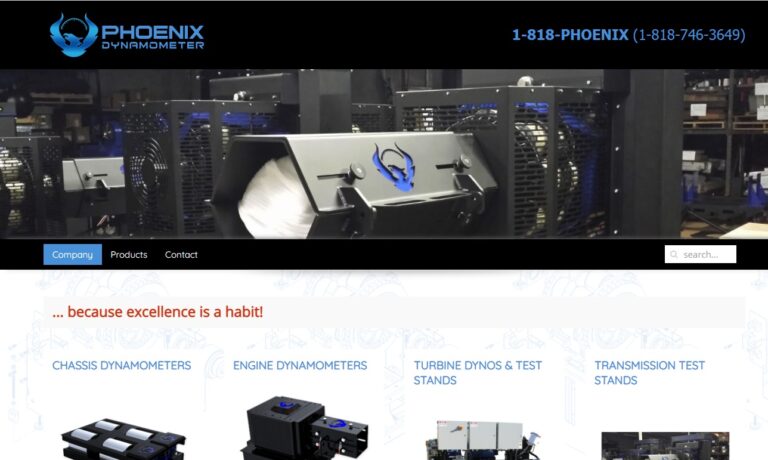
Since our inception we have been committed to manufacturing top of the line dynamometers that will stand up to the rigorous wear and tear of every day application. Our products serve in many diverse industries including automotive, automation, industrial as well as a broad variety of others! To learn more about what we may be able to do for you visit our website today for more information!

Since our inception we have been committed to manufacturing top of the line dynamometers that will stand up to the rigorous wear and tear of every day application. Our products serve in many diverse industries including automotive, automation, and industrial as well as a broad variety of others! To learn more about what we may be able to do for you visit our website today for more information!
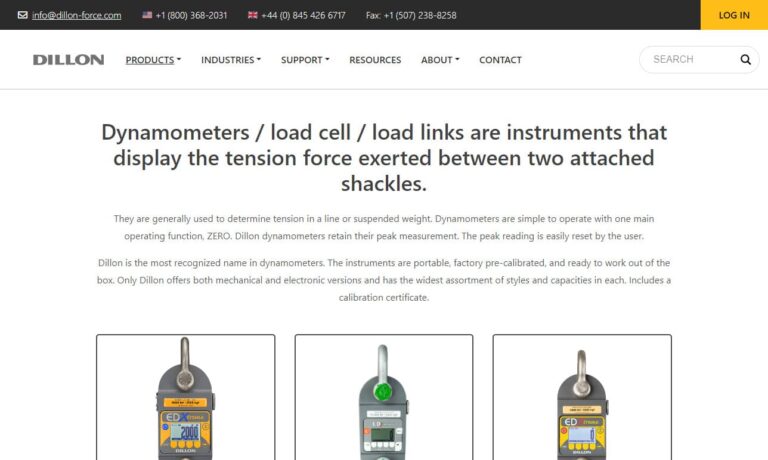
At Data Weighing Systems, we specialize in providing high-quality dynamometers designed to meet a variety of industrial needs. Our comprehensive selection ensures precise force measurement and tension testing for applications across multiple industries. Whether it's for load monitoring, pull testing, or material testing, our dynamometers deliver reliability and accuracy.

More Engine Dynamometer Manufacturers
Dynamometers serve several other purposes besides determining the torque or power characteristics of a machine being tested. For example, engine dynamometers can be used as a test bed for several engine development operations, for example, calibration of engine management controllers, in-depth analyses of combustion behavior and tribology, and simple power and torque measurements.
Types of Engine Dynamometers
D.C. Dynamometers
A large D.C. electric motor or generator is what the D.C. dynamometer is. The electricity that needs to be dissipated by a load bank or converted to A.C. and sent to the power grid is produced using the crankshaft's energy.
Since D.C. dynamometers are often set up for high torque applications at low shaft speeds, they are only sometimes employed in developing racing engines. Instead, D.C. dynos are used in low-speed shafts because they cannot turn at high speeds and have higher inertia than other varieties of dynos in this configuration. However, D.C. dynamometers can drive the engine and absorb torque.

A.C. Dynamometers
The most advanced dynamometers available right now are A.C. ones. A sizable A.C. motor is all that an A.C. dyno is. A.C. dynamometers have a low moment of inertia, a very quick response time, and can motor the engine. Shifting may be accurately simulated by A.C. dynamometers in any on-track circumstance.
Even by Winston Cup standards, these dynamometers are very expensive even if they are the most capable engine test equipment when set for high dynamic simulation. Currently, only a few A.C. dyno facilities in the United States are set up for motorsports use. The engine builder can run simulated race miles in the engine shop at any time of the year with the certainty that the results will closely match on-track mileage thanks to an A.C. test cell designed for motorsports.

Eddy Current Dynamometers
An electromechanical energy conversion device called an eddy current dynamometer transforms mechanical energy into electrical energy. It functions mostly according to Faraday's Law of electromagnetic induction. However, eddy current dynos cannot run the engine; they can only absorb energy.
It comprises the outer frame, also known as a stationary part of the machine, which serves as the stator. The windings that make up the stator are inserted into the stator slots. When the stator windings are energized, a magnetic field is created in the stator coils. Three-phase windings are inserted into the stator slots in high-rated machines.
The rotor and prime mover must be coupled such that when the prime mover rotates, the device receives mechanical input. The stator windings are excited by a D.C. supply. Rectifier units are utilized to achieve this D.C. supply in the case of large equipment. Oil is used in large machines to cool and insulate the stator windings. This is crucial to disperse the heat produced.

Principle of Operation for Engine Dynamometers
The input current running via the magnetizing coils, enclosed and housed within the casing, determines how much power is absorbed by the dynamometer in a direct proportion. The coils can change the magnetic field they produce by varying the amount of current that flows through them.
Eddy currents are created within the loss plate or other heat-conducting components as the rotor installed on the shaft of the dynamometer cuts the magnetic field as the engine turns the shaft. Eddy currents exert load on the engine by opposing the shaft's rotation. As a result, engine power is received, transformed into heat in heat-conducting components, and then dissipated by cooling water running through it.
Mounting Types for Engine Dynamometers
Mounting types for dynamometers include:
- Portable
- Flange or shaft mount
- Chassis
- Adjustable or trunnion mount
- Stand or pedestal
Rollers are used on dynamometers to support the wheels of one or more axles in a chassis-type device. One roller transfers the power from the car to the dynamometer to measure horsepower and speed. Typically, vehicles drive onto the rollers, or the rollers raise out of a pit or recessed area. During exhaust emission testing, dynamometers are frequently required by environmental requirements.
A stand or pedestal mount is positioned in place but can be moved between testings. Dynamometers can be adjusted for vertical, horizontal, or intermediate testing with an adjustable or trunnion mount. Typically, a trunnion mount is used to accomplish this, allowing the dynamometer to swivel to the required angle. A flange on a flange or shaft mount dynamometer allows for direct, in-line installation with a motor or engine.
Applications of Engine Dynamometers
Turbines, chain or belt drives, automotive, aircraft, gearboxes, fluid power systems, industrial, marine, transmissions, aerospace, and gas or diesel engines are common dynamometer applications. In addition, engine dynos are used for performance testing and monitoring; all dynamometers normally provide speed and power feedback.
Advantages of Engine Dynamometers
The use of an engine dynamometer has various benefits. They consist of the following:
- Engine dynamometers can be used on both A.C. and D.C.
- They produce precise RMS values for voltage independent of waveforms.
- They also have precision grade accuracy.
Disadvantages of Engine Dynamometers
- They have an irregular scale.
- They have a low torque-to-weight ratio.
- They have low sensitivity and are readily damaged by overloads or mechanical accidents.
Choosing the Right Engine Dynamometer Manufacturer
To make sure you have the most productive outcome when purchasing engine dynamometers from an engine dynamometer manufacturer, it is important to compare at least 3 or 4 manufacturers using our engine dynamometer directory of engine dynamometer companies. Each engine dynamometer manufacturer has a business profile page that highlights their areas of experience and capabilities and a contact form to directly communicate with the manufacturer for more information or request a quote. Review each engine dynamometer company website using our patented website previewer to get an idea of what each business specializes in, and then use our simple RFQ form to contact multiple engine dynamometer businesses with the same message.


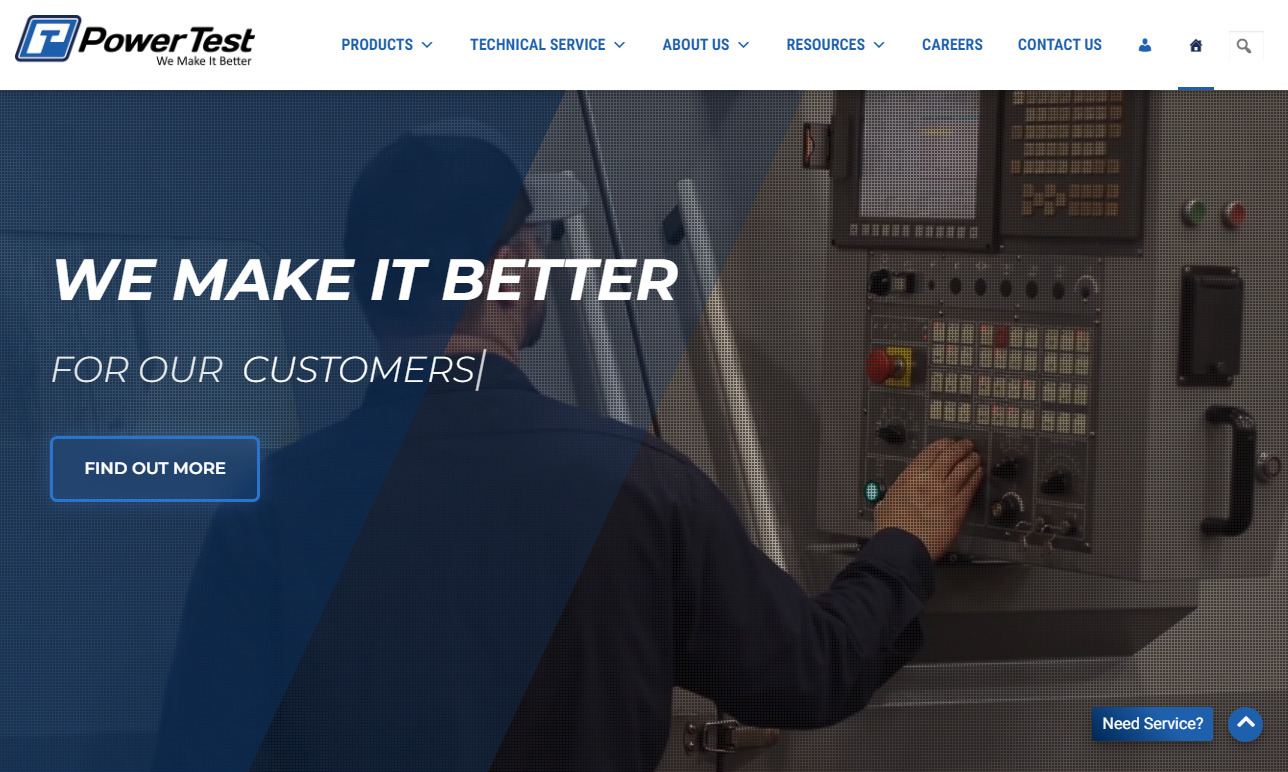


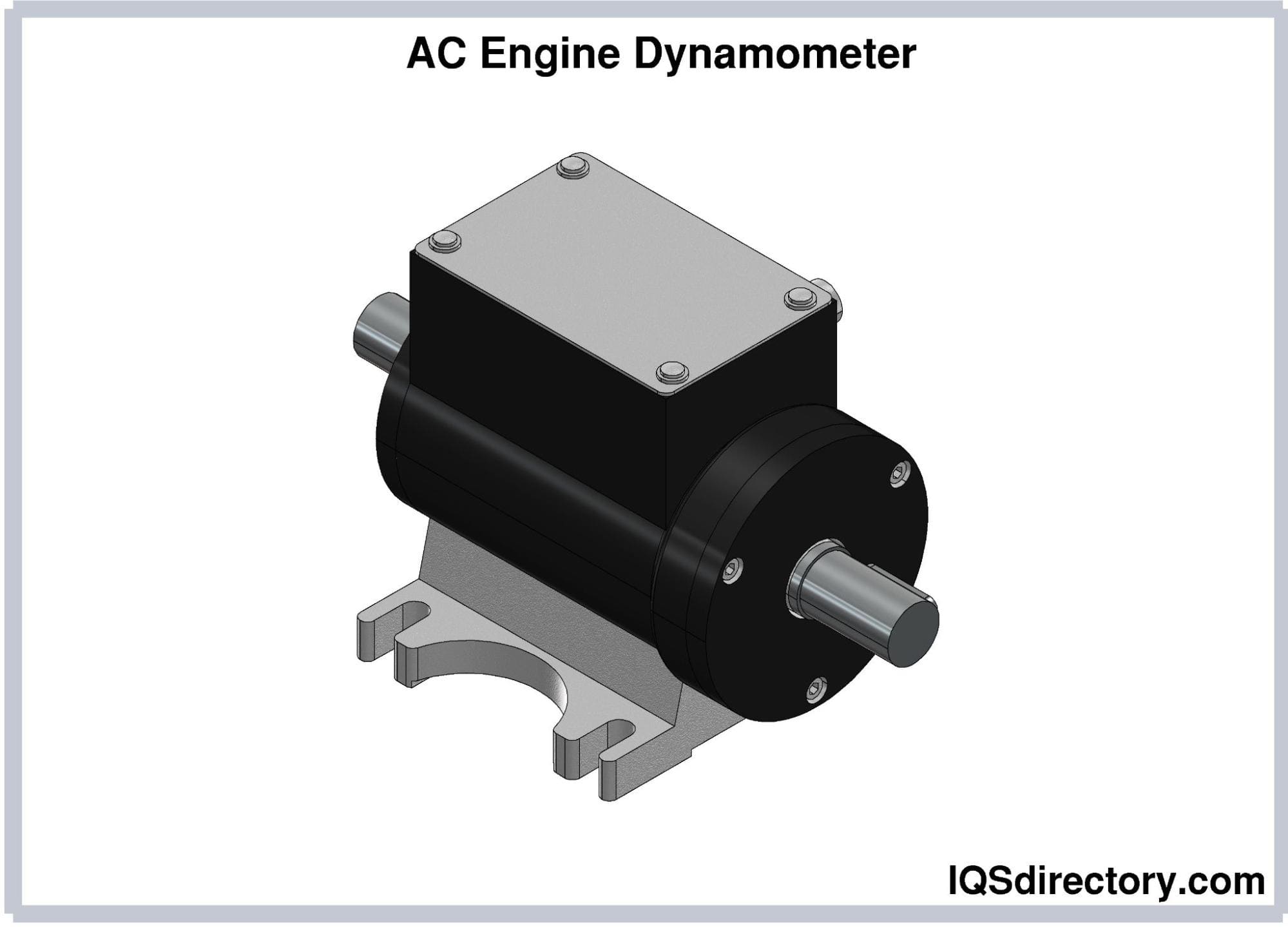
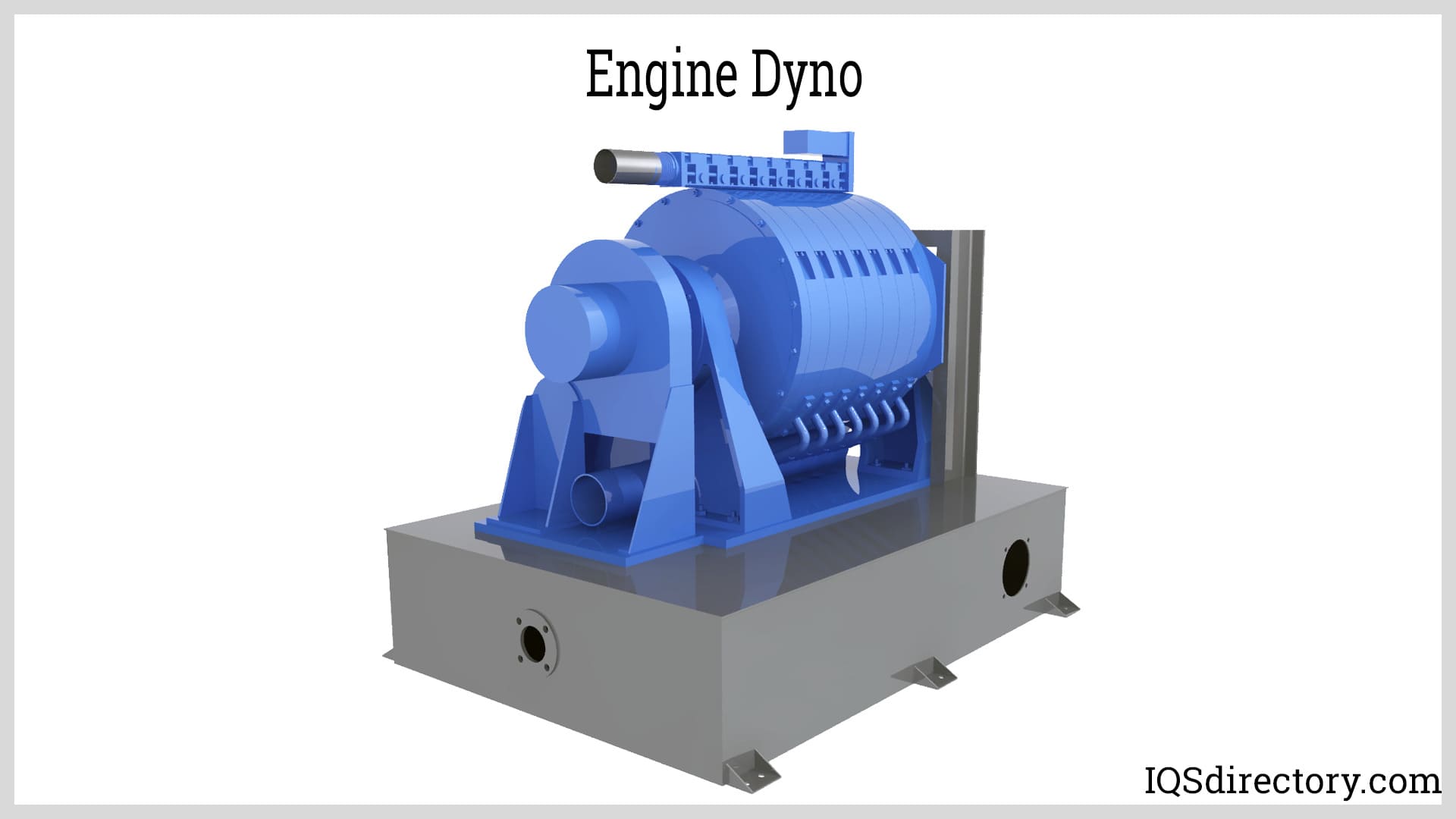
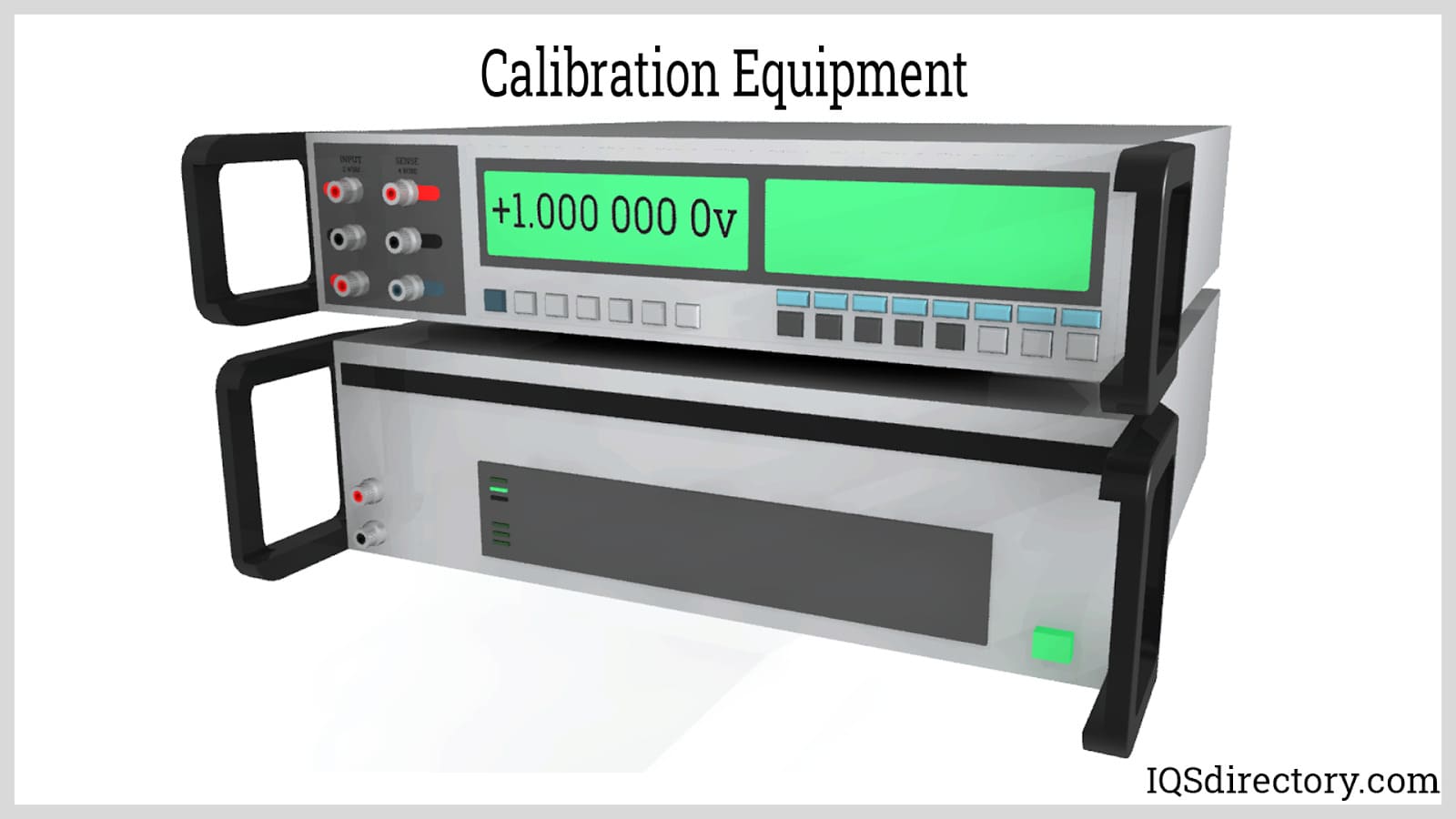
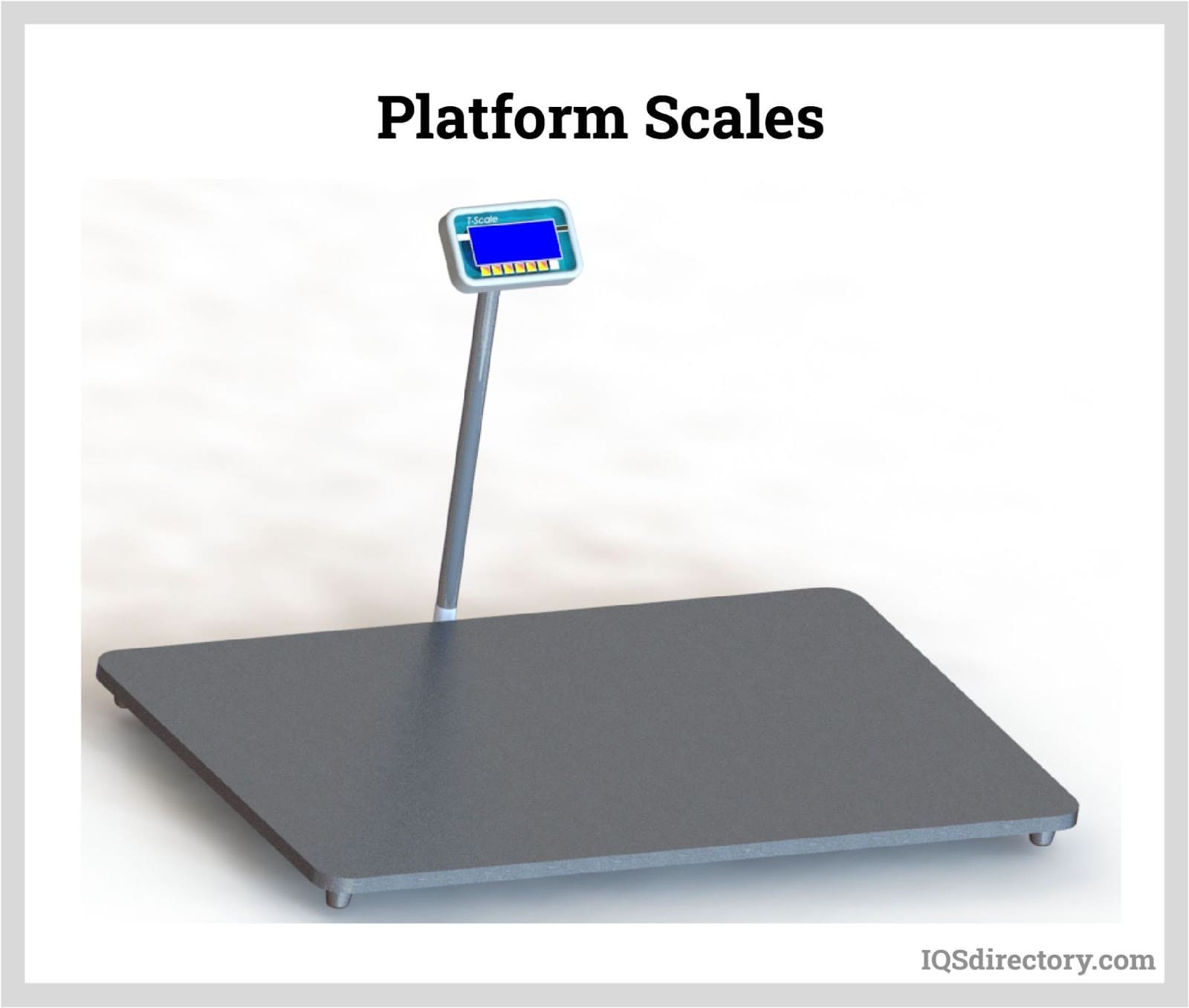
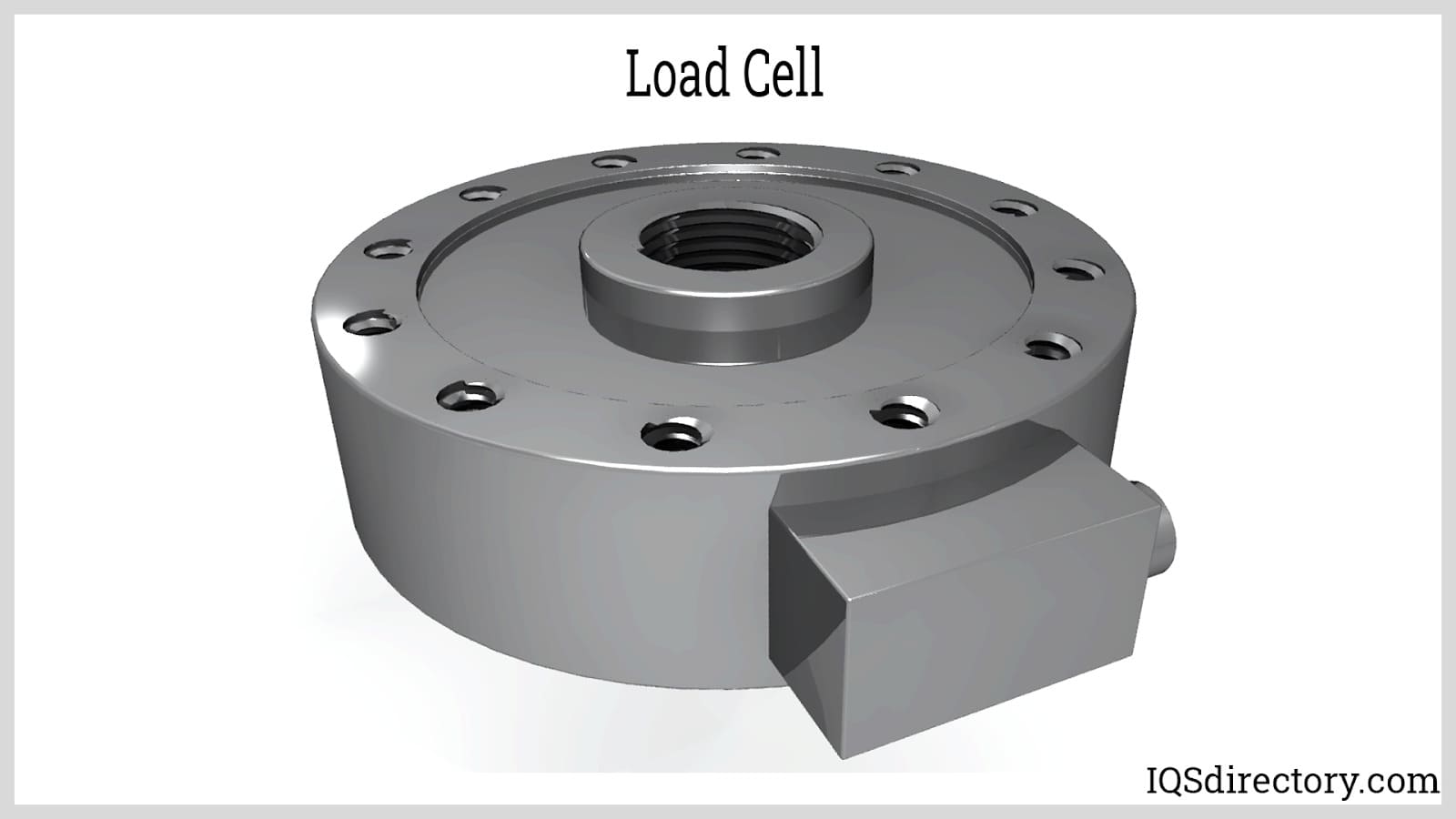
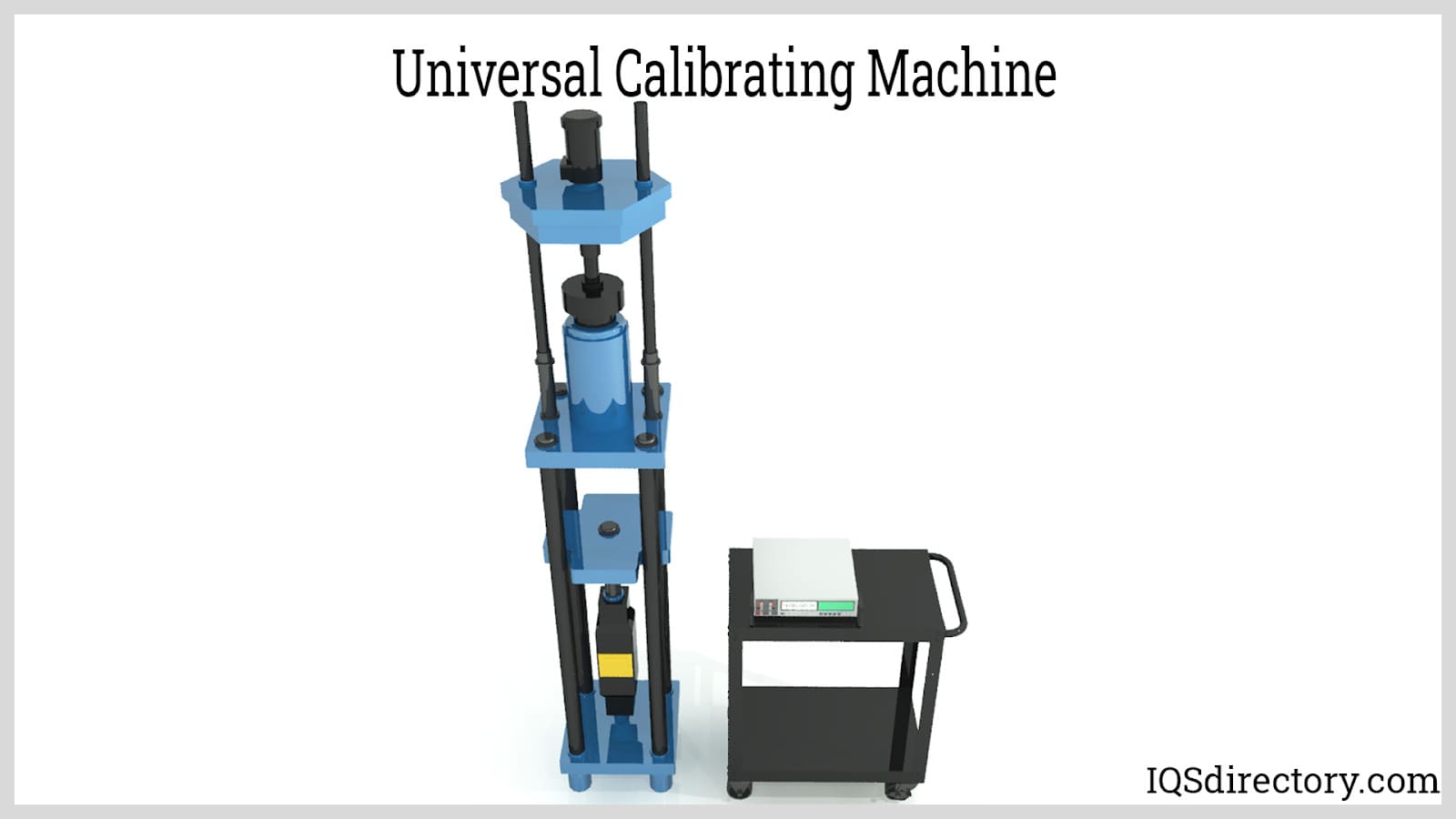
 Calibration Services
Calibration Services Clean Rooms
Clean Rooms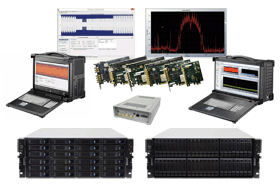 Data Acquisition Systems
Data Acquisition Systems Dynamometers
Dynamometers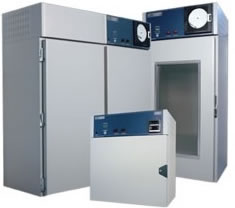 Environmental Test Chamber
Environmental Test Chamber Leak Detectors
Leak Detectors Load Cells
Load Cells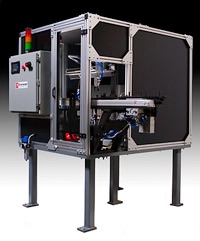 Machine Vision Systems
Machine Vision Systems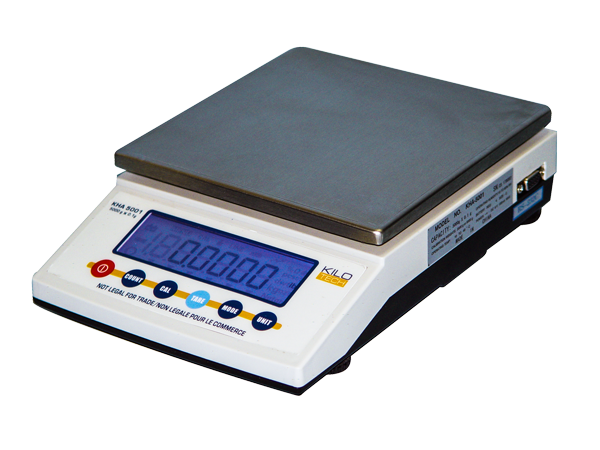 Scales
Scales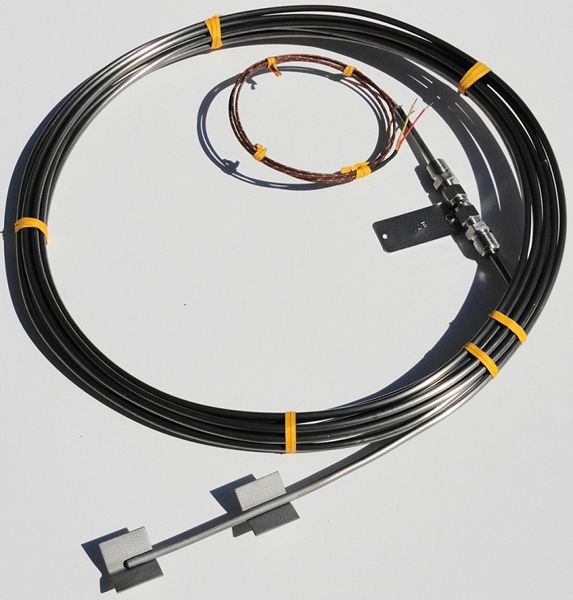 Thermocouples
Thermocouples Castings & Forgings
Castings & Forgings Bulk Material Handling
Bulk Material Handling Electrical & Electronic Components
Electrical & Electronic Components Flow Instrumentation
Flow Instrumentation Hardware
Hardware Material Handling Equipment
Material Handling Equipment Metal Cutting Services
Metal Cutting Services Metal Forming Services
Metal Forming Services Metal Suppliers
Metal Suppliers Motion Control Products
Motion Control Products Plant & Facility Equipment
Plant & Facility Equipment Plant & Facility Supplies
Plant & Facility Supplies Plastic Molding Processes
Plastic Molding Processes Pumps & Valves
Pumps & Valves Recycling Equipment
Recycling Equipment Rubber Products & Services
Rubber Products & Services